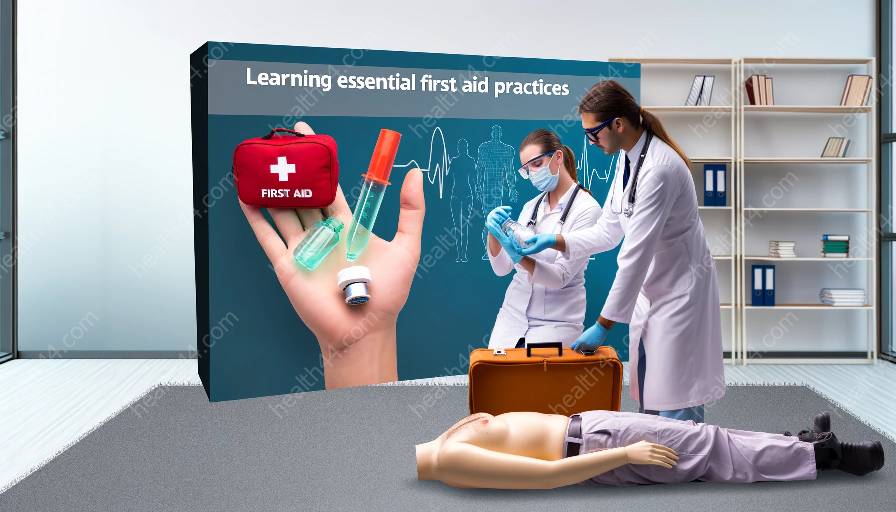Asthma is a common respiratory condition that can lead to emergencies if not managed properly. In this topic cluster, we'll explore how to provide assistance for asthma attacks, offering insights compatible with first aid, health education, and medical training.
Understanding Asthma
Asthma is a chronic respiratory condition characterized by inflammation and narrowing of the airways. When triggered, individuals may experience symptoms such as wheezing, shortness of breath, chest tightness, and coughing. During an asthma attack, these symptoms can escalate, making it difficult for the person to breathe.
First Aid for Asthma Attacks
Providing assistance during an asthma attack involves several key steps. First, it's essential to help the person remain calm and upright. If they have a prescribed reliever inhaler, assist them in using it. If the symptoms do not improve or if the person does not have their inhaler, seek emergency medical help immediately. It's crucial to monitor the person's breathing and reassure them while awaiting medical assistance.
Health Education on Asthma Management
Health education plays a vital role in empowering individuals with asthma to manage their condition effectively. Educating patients about trigger avoidance, medication adherence, and recognizing early signs of an impending attack can significantly reduce the risk of emergencies. Furthermore, educating the community about asthma and its symptoms fosters understanding and empathy, which can improve support for individuals experiencing respiratory emergencies.
Medical Training for Asthma Care
Healthcare professionals and first responders benefit from comprehensive medical training in asthma care. This training should encompass recognizing severe asthma attacks, administering emergency medications like oxygen and nebulized bronchodilators, and providing advanced airway support if necessary. Training programs also focus on improving communication skills to effectively manage and reassure individuals during respiratory emergencies.
Preparedness and Preventive Measures
Preparing for asthma emergencies involves having a personalized asthma action plan in place. This plan outlines the steps to be taken during an asthma attack and provides guidance on using medication effectively. It's important for individuals with asthma to work with healthcare providers to create a tailored action plan, as personalized strategies may vary based on the severity of the condition and individual triggers.
Conclusion
Providing assistance for respiratory emergencies, particularly asthma attacks, requires a multidimensional approach that integrates first aid, health education, and medical training. By understanding the fundamentals of asthma, recognizing the signs of an attack, and implementing appropriate interventions, individuals can effectively support those experiencing respiratory distress. Through ongoing education and preparedness efforts, the impact of asthma emergencies can be minimized, enhancing the overall well-being of individuals affected by this condition.



